https://www.youtube.com/watch?v=5JxTU_KqdGo
How to play Diplomat Chess
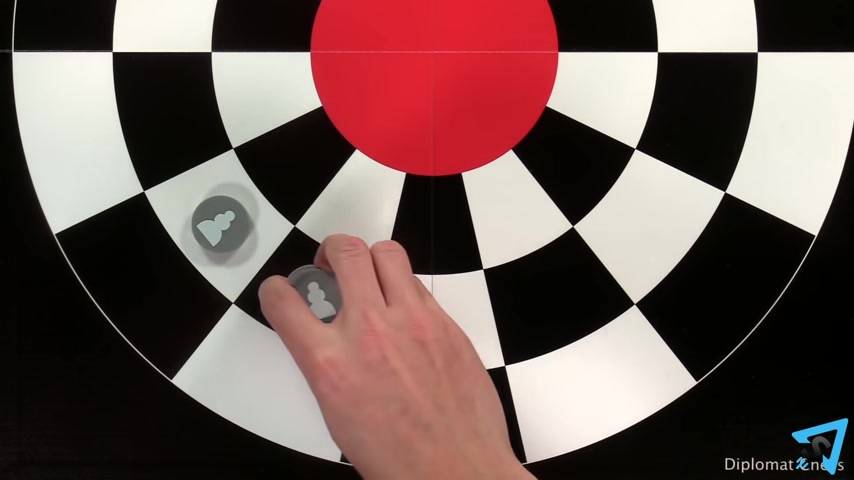
Hostage chess .
How to play ?
The rules are the same as regular chess except for these changes for a refresher of those rules .
Check out this video .
Each player has a prison on the right side of their board and an airfield on the left .
Whenever you capture a piece , you place that piece in your prison on your turn .
Instead of making a normal move , you may perform a hostage exchange transfer one of your prisoners to your opponent's airfield to take an appropriate piece from their prison and place that piece on an empty space on the board .
This is called dropping a piece .
The peace transferred must be of equal or greater value than the peace released from prison .
The relative peace values are queen is the highest followed by rook .
Then bishop and knight are of the same level with pawn .
At the lowest level .
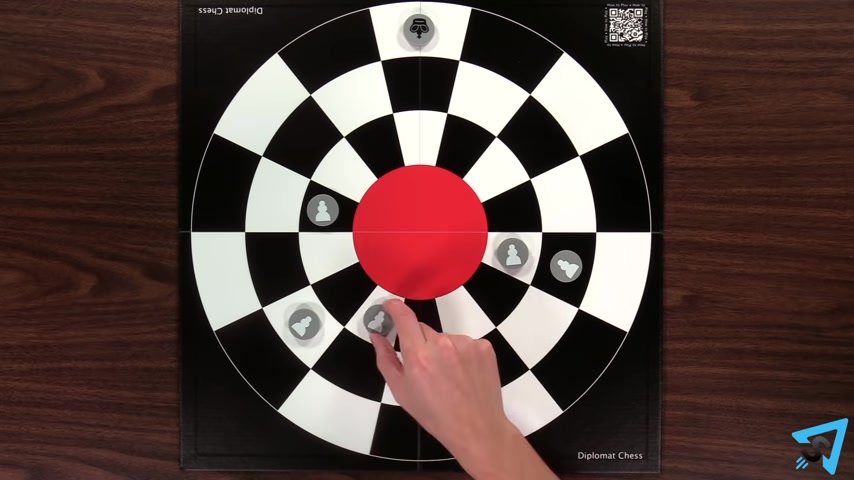
Therefore your ponds may move towards the center laterally around the circle or through the center or any combination thereof .
So long as the move puts them closer to the starting space of the opposing king than the space they are currently on .
This does not mean it has to be the closest space available just closer than what it currently is when a pa is in the center space , it may move out of the center to any of the seven spaces on your opponent's side of the board .
Then it proceeds with movement towards the starting space of the opposing king ponds still capture diagonally in front of them , which translates to being able to capture to either side of any space , they can move to any of your pawns on your half of the board that are adjacent to the center may capture to the center .
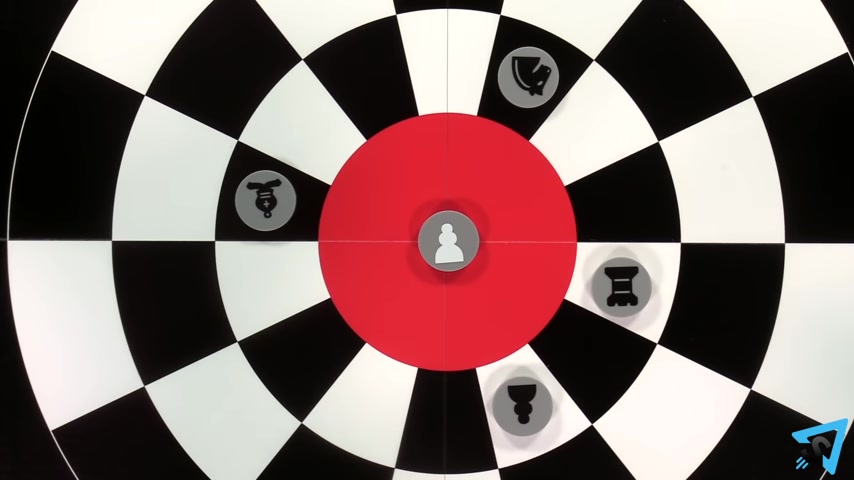
If there are no pieces available to promote to , then the pawn may not advance to the eighth row .
Furthermore , if your opponent's king is diagonally in front of the pawn and there are no available pieces to promote to , then the king is not in check as the pawn is unable to advance to the eighth row .
However , your opponent would also not be allowed to capture any piece that your pawn could promote to as that would immediately put the player in self check .
A dropped rook on a rook starting space may be used in castling .
So long as all the normal castling requirements are followed , you may drop a bishop on either color the first player to checkmate their opponent wins .

The bishop's diagonal movement travels through the opposite corner of the space the piece entered , you may not change directions mid move , the bishop may travel through the center to do so .
The bishop travels in a straight line across the center to the opposite color then diagonally in the same diagonal direction that it began .
The move with .
It is as if the two adjacent spaces of the center are the same space .
If the bishop started the move adjacent to the center , then it travels directly across the center to the other side , then it may travel diagonally in either direction towards the outside of the board .
A bishop in the center space can reach any space on the board in a diagonal outward line .
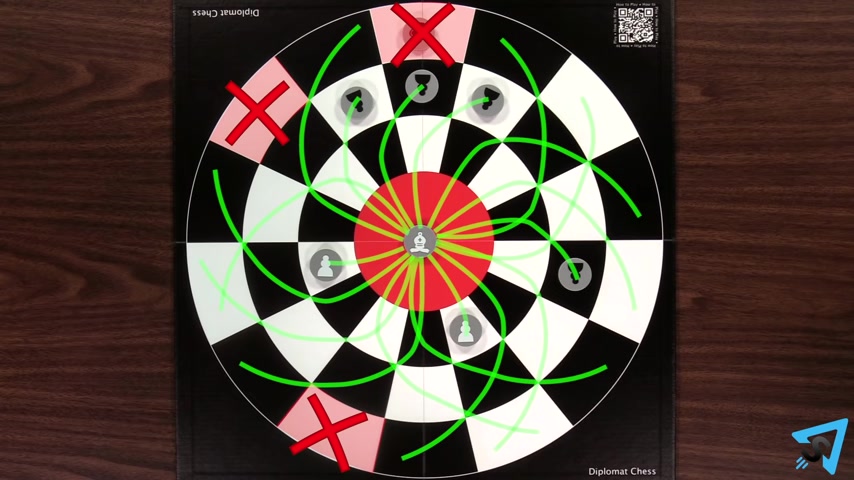
Unless its path is obstructed by another piece , the horse has the same movement as the knight , but it may not travel through the center space to the other side .
If the horse is on the middle or outer ring , in addition to its normal movement , it may also move to the center .
If the horse is in the center , it may move to any of the spaces in the two inner rings .
The horse moves directly to its space , passing over any piece in the way the diplomat which may be represented by a queen or another piece may move one space in any direction to any unoccupied space .
The diplomat may not capture pieces but instead may suborn them instead of moving the diplomat can suborn an adjacent enemy piece to your side .
Simply leave the diplomat stationary and replace your opponent's piece with the same piece of your color .
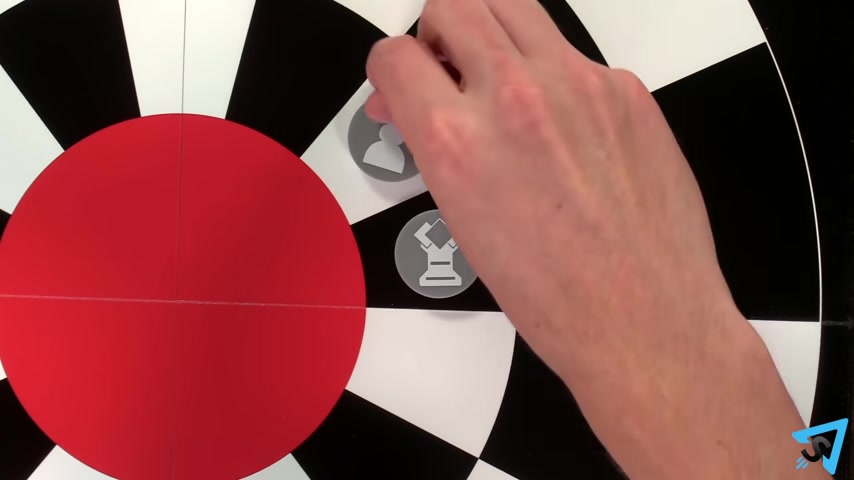
You now control that piece and all its abilities and may move it .
As soon as your next turn , you may not move a diplomat and suborn a piece .
In the same turn , you may only suborn one piece per turn .
Even if multiple pieces are adjacent , you may suborn any peace except for the king .
The diplomat does not put the king in check , the first player to checkmate or stalemate their opponent wins .
If the same position is repeated three times , then the game is a draw .
Are you looking for a way to reach a wider audience and get more views on your videos?
Our innovative video to text transcribing service can help you do just that.
We provide accurate transcriptions of your videos along with visual content that will help you attract new viewers and keep them engaged. Plus, our data analytics and ad campaign tools can help you monetize your content and maximize your revenue.
Let's partner up and take your video content to the next level!
Contact us today to learn more.